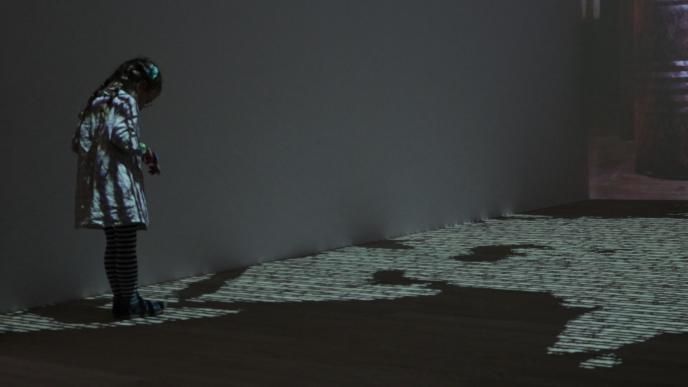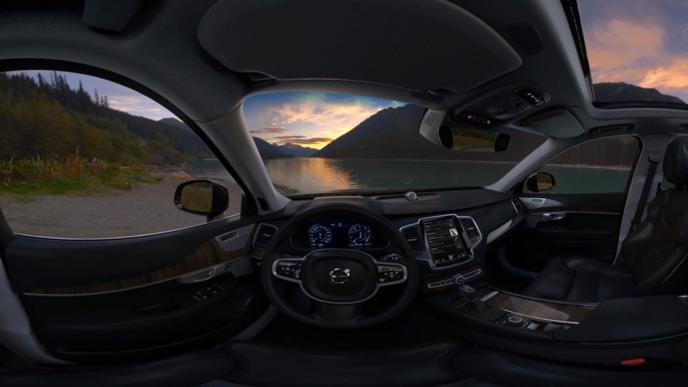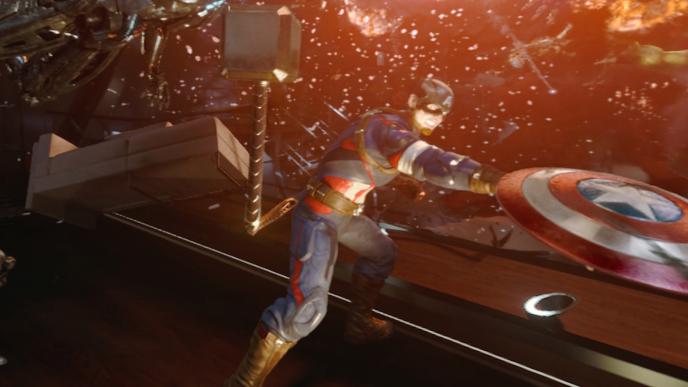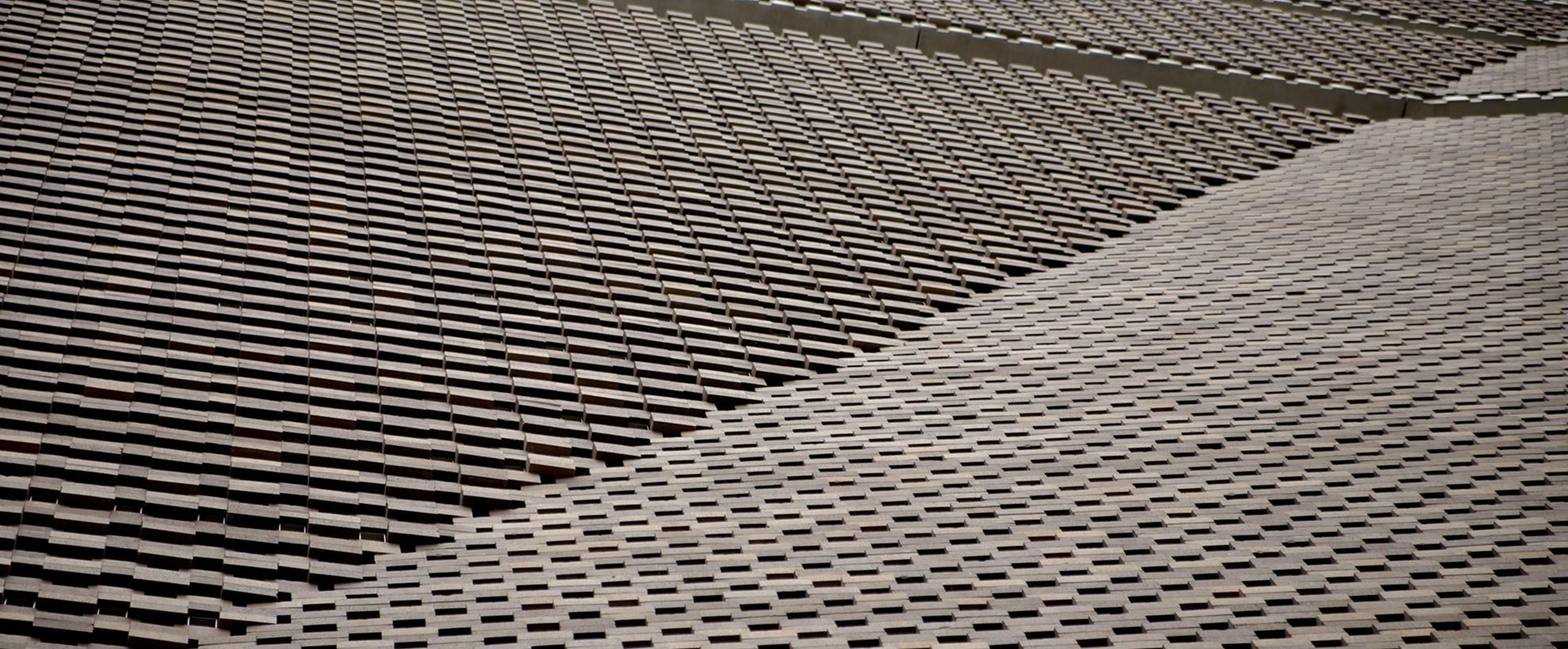
'Explore' Spaces
The grand unveiling of Tate Modern’s striking and highly anticipated extension, the Switch House, incorporated the public opening of two major new interactive Bloomberg Connects installations, developed by Labs. The team created two 'Explore' spaces, combining state-of-the-art technology and Framestore’s signature creative flair, to allow Tate Modern’s 5 million annual visitors to experience Tate archive material in unexpected new ways. The project builds on the success of 2015’s Timeline of Modern Art, an innovative digital update of one of the gallery’s iconic features, and is designed to increase access to the arts through technology.
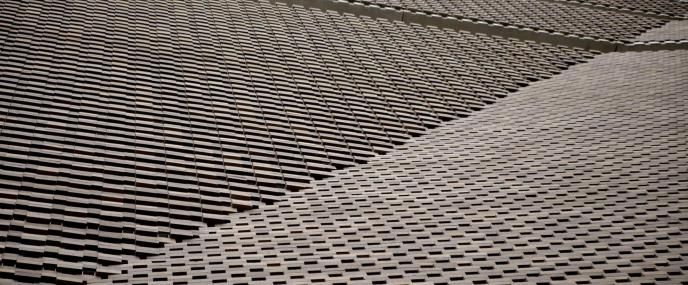
Exploring Concepts
Concepts for both the Bloomberg Connects Explore Performance and Explore Artists’ Cities spaces fell under the same brief, won by Labs in a competitive pitch at the start of 2016. Almost six months of work followed to fully realise the team’s ideas, which work to bring Tate artworks alive to both digitally native and contextually curious audiences. ‘The art world is always evolving, and as such is a prime place for experimentation in terms of formats, media and interactivity’, says Tom Schwarz, Installation Director. ‘Our ongoing relationship with Tate, and our collaboration on this second major project with Tate Modern, proved the ideal opportunity for us to challenge ourselves to not only enhance but redefine the gallery experience’.
Labs was given the two physical spaces within the Switch House to mould and adapt, lending the project an additional level of hands-on involvement. The core tight-knit team of Labs personnel drew on the vast experience of Framestore’s in-house engineering talent in their builds, and worked collaboratively with the Design Studio on the initial concepts, visuals and layouts for the rooms. The result is two immersive installations which showcase modern technology, as well as modern and contemporary art, at their finest.
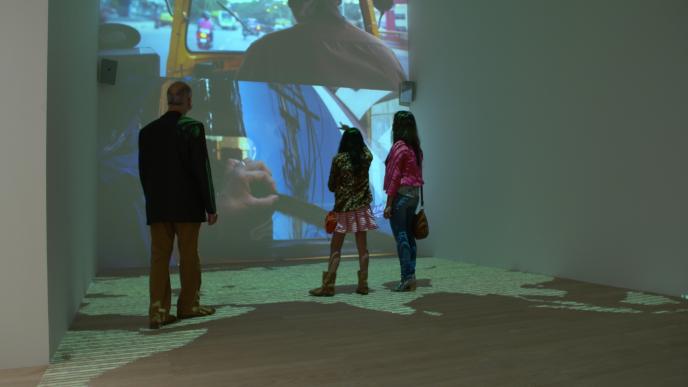
The new Bloomberg Connects "Explore" spaces will give more opportunities for Tate Modern’s millions of visitors to explore and interact with the collection, in new and engaging ways.

Putting on a Performance
Bloomberg Connects: Explore Performance, situated on the third floor of the Switch House, invites visitors to view content related to the history of live art, using their own motion within the space to drive the content display. Upon entering the room, carefully placed lighting draws the viewer towards designated areas where sonar sensors trigger Tate Modern content to appear on the walls, using the latest projectors by QED Productions. The experience is heightened by a directional audio system, ensconcing the viewer in their own personal interaction with the projected films. Visitors are transported around the space, both emotionally and physically, through programmatically linked chapters of work, and in the process are made strikingly aware of their own role in the making and viewing of performance art.
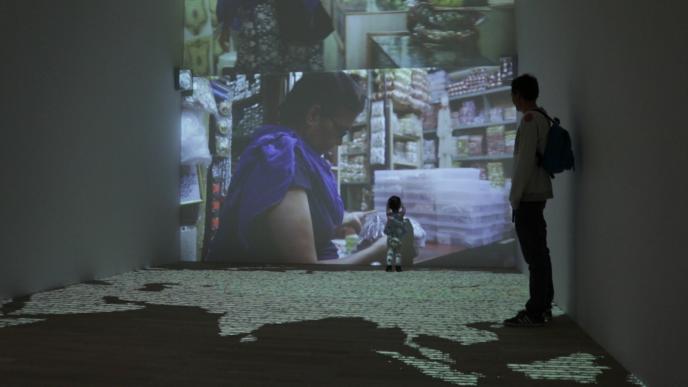
Technical Elements
For Labs, sourcing the most capable and advanced technologies was paramount to the Room’s success. ‘Each element of the installation – the lights, sensors, sound – was researched and interrogated to reach our final configuration’, says Schwarz. ‘Even once sourced it was necessary to build both custom software and hardware to house and connect the sensors, meaning the work we present here for Bloomberg Connnects at Tate Modern is entirely bespoke. We were able to use our expertise and experience in this field to go direct to manufacturer, collating ideas and knowledge to craft all-new solutions, before getting to grips with the soldering irons ourselves’.
With Bloomberg Connects: Explore Performance capable of running five active content zones through its eight projectors at any given time, the team was challenged to push their technologies harder than ever before, devising an intricate audio library to handle the multi-source content which is projected through a single PC. ‘We initially looked at using a computer for each content position in the room, but quickly realised we would need one single source which could talk to each of the projection areas. The demands of directional audio, combined with Tate’s rich multimedia content, called for a complex system that would ultimately give us five different areas in which the artworks and visitors can interact’, explains Schwarz.

Location, Location
Bloomberg Connects: Explore Artists’ Cities, located on Level 4, offers a new viewing experience of Tate Modern’s substantial collections of international art. The 8m x 4m space is flooded with colour and light through the careful placement of five advanced projectors by QED Productions, filling the entire floor surface and back wall with animated images.
A real-time GPU-based particle system works to ‘spin’ visitors around a world map, before settling on the location of one of the international artists in Tate’s collection. The projection then switches from cartography to biography, displaying a split-screen array of artworks and profile information and interviews, in rich five-minute segments which explore the deep-rooted relationship between artist and location. Once told, the stories fade to black, before the room spins once more to transport viewers to the next destination. Upon opening, the artists on show will include China’s Ai Weiwei and India’s Sheela Gowda.
